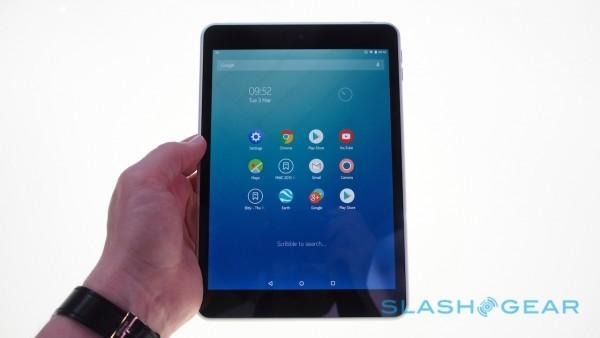It might be too late for a Nokia Android phone
The Nokia-branded Android smartphone we've demanded since before the company's ill-fated commitment to Windows Phone is finally coming, but it may be too little, too late. News today that Nokia will license its name for the next ten years to a new line of phones and tablets, only running Google's platform rather than Windows 10, seemed initially to be the perfect opener to Google I/O 2016, but it also raises one big question: does anybody still care about a Nokia device?
Today's licensing deal isn't the first such move by Nokia – the company lent its branding and some design oversight to an Android tablet a couple of years ago, though it never officially reached western markets, and dabbled in Android phones with the short-lived Nokia X – but it is the most significant.
The phones and tablets will be made by a new company, HMD global, formed in Finland specifically to pump cash into a fresh line-up to be manufactured by Foxconn. Nokia will get royalties covering its name and its IP, while former exec Arto Nummela – until now the head of Microsoft's Mobile Devices business for Greater Asia, Middle East and Africa – will be HMD global's CEO.
As well as provisionally securing the Nokia brand from Microsoft to use on more basic phones, HMD global also has acquired "certain related design rights" from the Windows maker; it's too soon to say whether that means the distinctive polycarbonate and metal design we'd grown familiar with from Lumia will be returning, but that's likely to be the hope among Nokia fans.
All the same, just how many of those fans are there now?

Back when Nokia made the big switch to Microsoft's OS, ditching Symbian in the process, the smartphone market was a very different one to today. Android was still a Wild West of sorts – 3.0 Honeycomb was only just being released – and the big names who had dominated flip and then feature phones were still the primary players.
The iPhone 4, meanwhile, was doing nothing to slow iOS adoption, the first significant design swing from Apple as the software itself filled in many of the gaps users had complained kept it from greatness.
Today, Apple dominates a huge section of the market. More importantly, the Android OEM space has condensed down: Samsung still succeeds, as much by its marketing budget as its phones, but new names like Huawei have – with the heft of Google and the Nexus project behind them – been propelled into the market with an alluring combination of affordability and high-end specifications.
Meanwhile HTC and LG, once huge names, are now struggling to gain anywhere near the same degree of traction.
Then there's Xiaomi. The Chinese phone-maker is notable not only for the quality and low price of its devices, but the huge fanbase it has cultivated along the way. In fact, you could easily compare that near-rabid support with the vocal fans Nokia itself used to command.
The days of such unwavering support are behind the Nokia name, slewed in waves with the loss of Symbian, the adoption of Windows Phone on Lumia, and then – for many the final insult – the sell-out to Microsoft.
Without a guaranteed audience to count on, the reborn Nokia will have to convince on features, pricing, and style. In a best-case scenario, that could look like the sleekest Lumia, pack the photographic abilities of a PureView, and undercut the Nexus 6P on shelves.
The worst-case is Nokia phones and tablets that tug at sentiment that died a long time ago.
